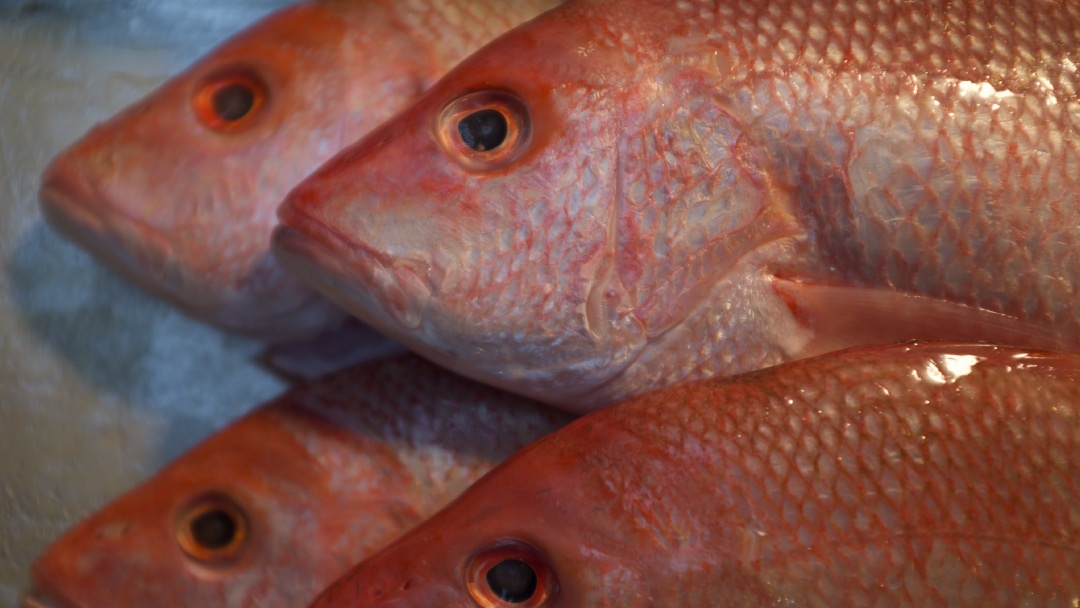
A recent study published in the journal Aquaculture has demonstrated that the short-chain fatty acid valeric acid can enhance the muscle texture of tilapia (Oreochromis niloticus) by reducing myofibre size and suppressing myoblast proliferation. This research is among the first to analyse the effects of this compound on fish fillet quality in aquaculture, offering new perspectives on optimising production.
Valeric acid is primarily found in the form of sodium valerate, a compound produced through microbial fermentation under controlled anaerobic conditions. This process takes place in industrial bioreactors, where specific bacterial strains, such as those from the Clostridium and Bacteroides genera, break down complex carbohydrates to generate short-chain fatty acids.
The study, conducted both in vitro and in vivo, found that the improvement in tilapia fillet firmness was linked to the activation of the FOXO (Forkhead Box O) signalling pathway, which inhibits myoblast proliferation and reduces excessive muscle differentiation.
To assess the effects of valeric acid in fish, trials were conducted using 360 juvenile tilapia, which were fed for 60 days on isoenergetic and isonitrogenous diets (6% lipids and 37% protein). Sodium valerate was administered at varying concentrations: 500 mg/kg (low dose), 1000 mg/kg (medium dose), and 2000 mg/kg (high dose).
Transcriptomic analyses, complemented by qPCR, western blot, immunohistochemistry, and immunofluorescence techniques, confirmed that valerate supplementation inhibited muscle cell proliferation, reduced myofibre size, and enhanced fillet firmness.
The size of myofibres is a key parameter in fish meat texture, as it directly influences firmness and sensory perception of the final product. Previous studies have shown that other short-chain fatty acids, such as butyrate and propionate, have been successfully used to enhance muscle quality in livestock production.
One of the most significant contributions of this study is the evidence that valeric acid also plays a crucial role in regulating fillet texture in aquaculture.
Following the trials, it was determined that the optimal inclusion level of sodium valerate in tilapia feed ranges between 1000 and 2000 mg/kg, as these concentrations have shown positive effects on muscle texture improvement.
This discovery paves the way for new research into the impact of short-chain fatty acids on skeletal muscle structure in farmed fish and presents an innovative strategy to enhance fillet quality in commercial aquaculture production.


